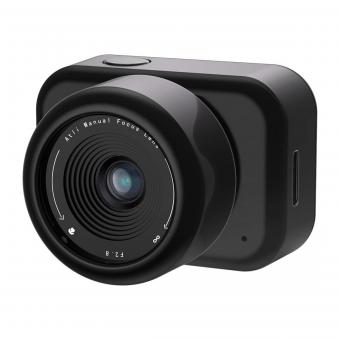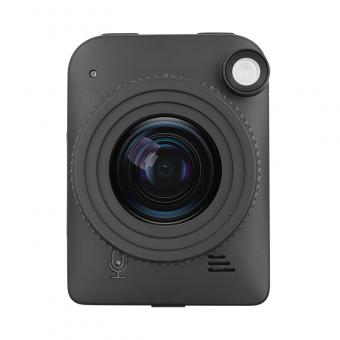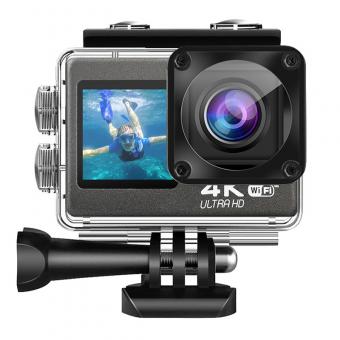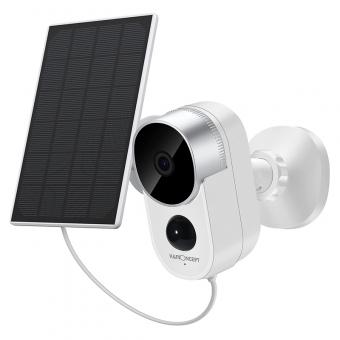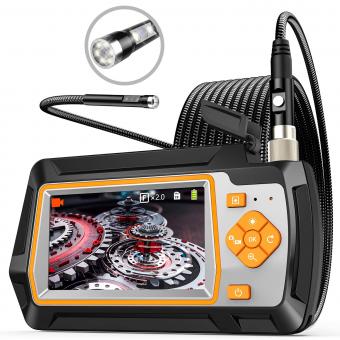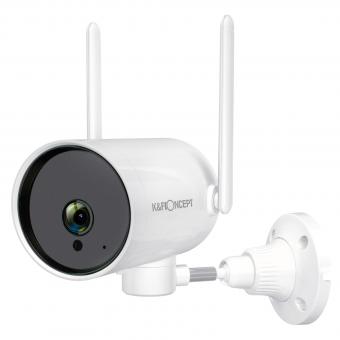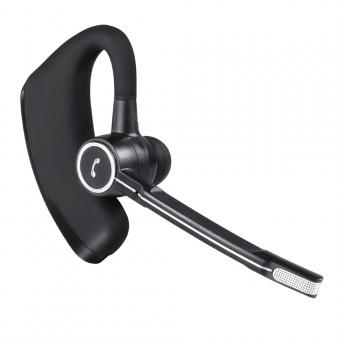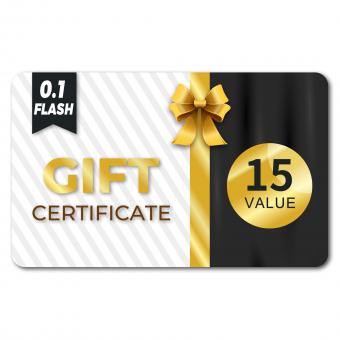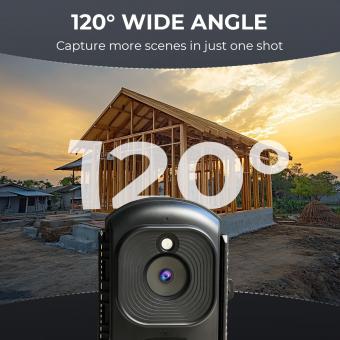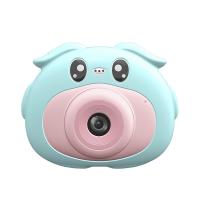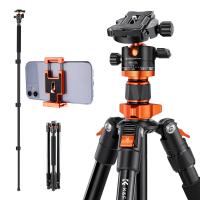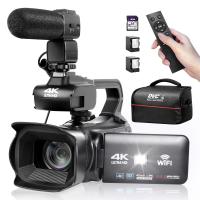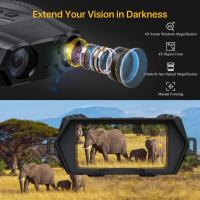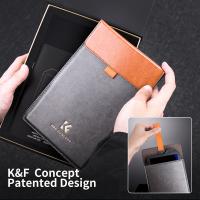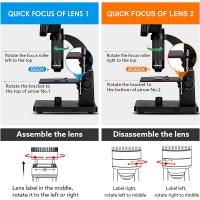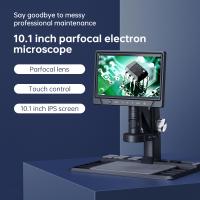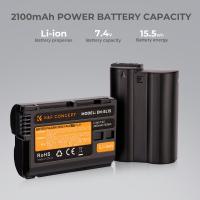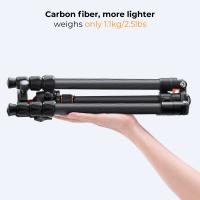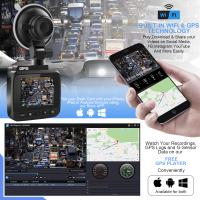What Is A Time-lapse Camera ?
A time-lapse camera is a type of camera that is specifically designed to capture images at set intervals over a period of time. It is used to create time-lapse videos, which are sequences of photos played back at a faster speed, giving the illusion of time moving quickly. Time-lapse cameras are often used in various fields such as photography, filmmaking, construction, and scientific research. They are typically equipped with features like programmable timers, high-resolution sensors, and long battery life to ensure continuous and uninterrupted shooting. These cameras are popular for capturing the changing patterns of nature, the construction process of buildings, the movement of stars and celestial bodies, and other dynamic events that occur over an extended period.
1、 Definition and Function of a Time-Lapse Camera
A time-lapse camera is a device that captures a series of images at predetermined intervals and then combines them into a video sequence. This technique allows for the compression of time, enabling viewers to observe slow processes or changes that occur over an extended period in a shorter amount of time.
The primary function of a time-lapse camera is to create visually captivating videos that showcase the passage of time. It is commonly used in various fields such as photography, filmmaking, construction, and scientific research. Time-lapse videos can be used to document the growth of plants, the movement of clouds, the construction of buildings, or the bustling activity of a city.
The latest point of view regarding time-lapse cameras is the advancement in technology, which has made them more accessible and user-friendly. Many cameras now come with built-in time-lapse features, allowing users to easily set the desired interval and duration for capturing images. Additionally, there are also smartphone apps and software available that can turn a regular camera or smartphone into a time-lapse camera.
Furthermore, the latest trend in time-lapse photography is the use of motion control equipment. These devices allow for the camera to move during the time-lapse sequence, adding dynamic and cinematic effects to the videos. This technique is particularly popular in nature and landscape photography, where the camera can pan, tilt, or slide to capture different perspectives.
In conclusion, a time-lapse camera is a tool that captures a series of images at regular intervals to create a video sequence that compresses time. It is widely used in various fields and has become more accessible and advanced with the latest technology. The addition of motion control equipment has also brought a new level of creativity to time-lapse photography.
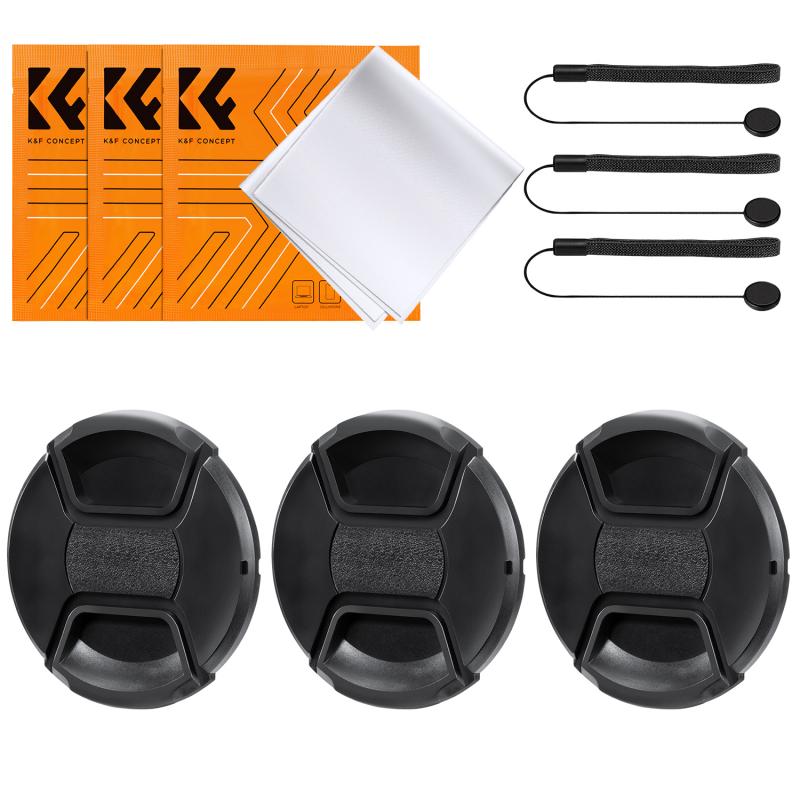
2、 Types of Time-Lapse Cameras and Their Features
A time-lapse camera is a device that captures a series of images at predetermined intervals and then combines them to create a video sequence. This technique allows for the compression of time, enabling viewers to witness events that occur over long periods in a matter of minutes or seconds.
There are various types of time-lapse cameras available in the market, each with its own unique features. One common type is a standalone time-lapse camera, which is a compact device specifically designed for capturing time-lapse footage. These cameras often have built-in intervalometers, which allow users to set the desired time interval between each shot. They also typically have long battery life and weatherproofing, making them suitable for outdoor use.
Another type of time-lapse camera is the DSLR or mirrorless camera with time-lapse capabilities. These cameras offer the advantage of interchangeable lenses, allowing for greater flexibility in capturing different perspectives and focal lengths. They also provide higher image quality and manual control over settings such as exposure and focus.
In recent years, smartphone cameras have become increasingly popular for time-lapse photography. Many smartphones now have built-in time-lapse features or can be enhanced with third-party apps. These cameras offer convenience and ease of use, as most people already carry a smartphone with them at all times.
The latest trend in time-lapse cameras is the integration of Wi-Fi and remote control capabilities. This allows users to control the camera settings and monitor the progress of their time-lapse remotely using a smartphone or computer. Some cameras even offer cloud storage options, enabling users to automatically upload and share their time-lapse videos online.
Overall, time-lapse cameras come in various forms, catering to different needs and preferences. Whether it's a standalone camera, a DSLR, or a smartphone, the key is to choose a camera that suits your specific requirements and offers the desired features for capturing stunning time-lapse footage.
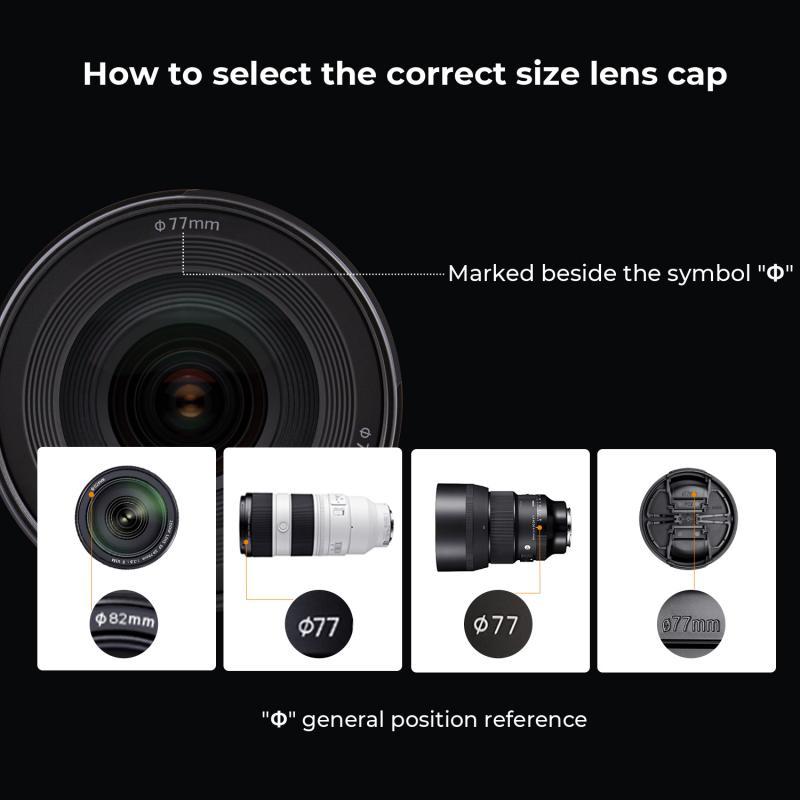
3、 How to Use a Time-Lapse Camera for Creative Projects
A time-lapse camera is a device that captures a series of images at set intervals over a period of time and then combines them into a video sequence. This technique allows for the compression of time, creating a visually stunning effect where events that occur slowly or over a long duration are condensed into a short video clip.
To use a time-lapse camera for creative projects, you first need to set up the camera in a stable position. This could be on a tripod or mounted on a stable surface. Next, you need to determine the interval at which the camera will capture images. This interval will depend on the subject and the desired effect. For example, if you are capturing the movement of clouds, you may want to set the interval to a few seconds. However, if you are capturing the growth of a plant, you may want to set the interval to a few minutes or even hours.
Once the camera is set up and the interval is determined, you can start the time-lapse recording. The camera will automatically capture images at the set intervals until you stop the recording. After capturing the images, you can use video editing software to combine them into a time-lapse video.
Using a time-lapse camera for creative projects offers endless possibilities. It allows you to capture the passage of time in a unique and visually captivating way. You can document the changing seasons, the movement of crowds, the construction of a building, or even the blooming of flowers. The latest time-lapse cameras often come with advanced features such as built-in intervalometers, high-resolution sensors, and Wi-Fi connectivity, making it easier than ever to create stunning time-lapse videos.
In conclusion, a time-lapse camera is a powerful tool for capturing the passage of time and creating visually captivating videos. By setting up the camera, determining the interval, and combining the captured images, you can unleash your creativity and produce unique time-lapse videos for various creative projects.
4、 Tips and Techniques for Capturing Stunning Time-Lapse Footage
A time-lapse camera is a device that captures a series of still images at set intervals and then combines them to create a video sequence. This technique allows for the compression of time, showcasing hours, days, or even months of footage in just a few seconds or minutes. Time-lapse photography has gained popularity in recent years due to its ability to capture stunning visuals and provide a unique perspective on the passage of time.
The latest time-lapse cameras offer advanced features and capabilities, making it easier than ever to capture high-quality footage. These cameras often come with built-in intervalometers, which allow users to set the desired time interval between each shot. Some cameras also offer motion control capabilities, enabling the camera to pan, tilt, or zoom during the time-lapse sequence, adding dynamic movement to the footage.
To capture stunning time-lapse footage, there are several tips and techniques to keep in mind. Firstly, it is important to choose a compelling subject that changes over time, such as a sunset, cityscape, or blooming flower. Planning and scouting the location beforehand can help determine the best vantage point and composition.
Additionally, using a sturdy tripod is crucial to ensure stability and avoid any unwanted camera movement. It is also recommended to shoot in RAW format to have more flexibility in post-processing and to maintain the highest image quality.
Furthermore, adjusting the exposure settings manually and using a consistent white balance throughout the sequence can help maintain a consistent look. Experimenting with different intervals and durations can also create different effects, such as smooth or fast-moving footage.
In conclusion, a time-lapse camera is a powerful tool for capturing stunning footage that showcases the passage of time. With the latest advancements in technology and by following the tips and techniques mentioned above, photographers can create visually captivating time-lapse sequences that leave a lasting impression.


